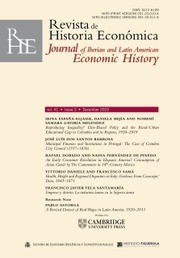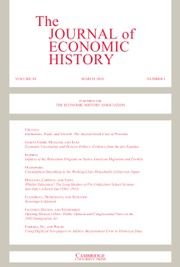The Rise and Fall of the Italian Economy
Carlo Bastasin and Gianni Toniolo provide a much-needed, up-to-date economic history of Italy from unification in 1861 to the present day. They show how, thirty years after unification, Italy began a long phase of convergence with more advanced economies so that by the late twentieth century Italy's per capita income reached the levels of Germany, France and the UK. From the mid-1990s, however, the Italian economy declined first in relative and then absolute terms. The authors describe the intertwined financial and institutional crises that eroded trust in the political system and in the economy at the exact juncture when new technologies and markets transformed the global economy. Longstanding problems of uneven levels of education and obsolete bureaucratic and judicial practices deepened the division between economically vibrant regions and the rest, causing polarization, political instability and rising public debt. Italy's contemporary malaise makes the country a test-case for understanding the implications of protracted declines in productivity and the flattening of GDP growth for the stability of western democracies, resulting in populism, mistrust and political instability.
- Charts Italy's long-run economic development and the reasons for its growth and subsequent decline
- Identifies the role of institutional failings, educational gaps and, most importantly, the correlation of political and financial instability in Italy's economic struggles
- Provides a case study in how economic and financial weaknesses impact on society and politics
Reviews & endorsements
‘This incisive work captures the complexities of the Italian economy and places them in an international context. Political choices, institutions, financial and technological trends are central to Italy's ‘economic parabola’ - a cautionary tale for other democracies. The compelling narrative, rigorously supported by evidence, makes this a recommended read for anyone interested in a long-term view of the factors that lead economies and societies to thrive, wither, and, hopefully, thrive again.’ Anna Spadvecchia, Strathclyde Business School
‘Recommended.’ J. L. Rosenbloom, Choice
Product details
August 2023Adobe eBook Reader
9781009235327
0 pages
This ISBN is for an eBook version which is distributed on our behalf by a third party.
Table of Contents
- Preface
- 1. Italy's parabola, 1861-2022
- 2. Political unification and slow growth
- 3. Convergence and sorpasso
- 4. The trauma of 1992
- 5. The lost opportunity, 1996-2007
- 6. Sliding toward zero growth
- 7. The canary in the coalmine.






